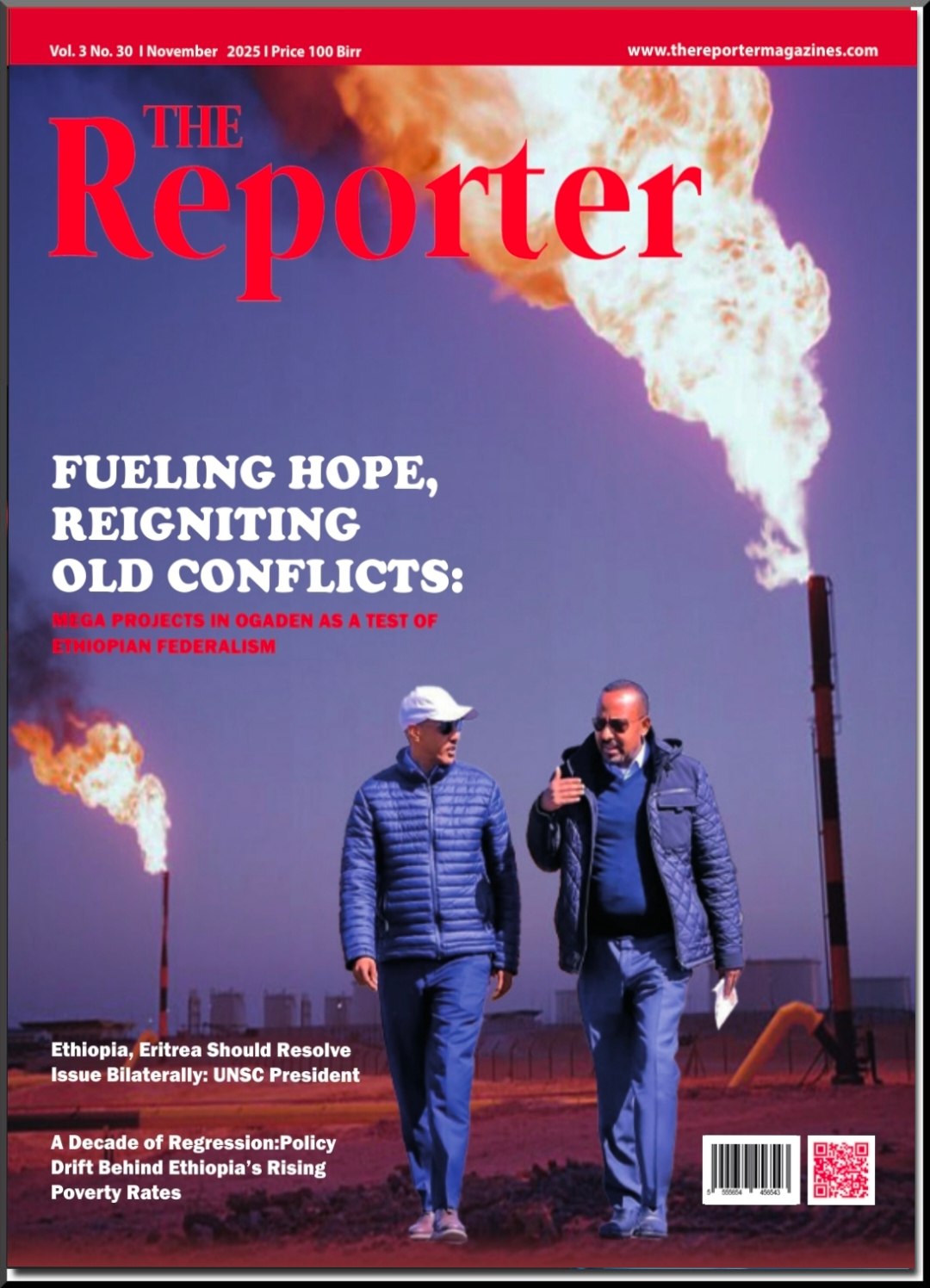Egypt’s recent letter to the United Nations Security Council, objecting to Ethiopia’s inauguration of the Grand Ethiopian Renaissance Dam (GERD), represents the third such appeal in just a few years. Cairo’s narrative is familiar: Ethiopia is accused of acting unilaterally, violating international law, and threatening the “existential rights” of downstream nations. While this framing resonates politically, it is important to look at the facts from an engineering and water management perspective.
GERD is, first and foremost, a hydropower dam. Its design purpose is to generate up to 5,150 megawatts of clean energy by passing water through turbines not to divert the Nile or consume its flow. Unlike large irrigation schemes, hydropower dams do not permanently remove water from a river basin. They store and release water, changing the timing of flows but not the long term water balance. From a technical standpoint, Ethiopia’s decision to complete and operate the GERD does not equate to seizing control of the Nile or depriving Egypt and Sudan of their water.
The Real Engineering Issue: Filling and Operation
Where do risks to downstream users arise? The critical period is not the dam’s existence but its initial filling and future re-filling. If filling were done abruptly, flows into Sudan and Egypt could fall temporarily, stressing downstream reservoirs such as Egypt’s High Aswan Dam. But this is precisely why Ethiopia committed, in the 2015 Declaration of Principles signed with both Egypt and Sudan, to coordinate filling and avoid significant harm.
Hydrological studies consistently demonstrate that a phased filling process spread over several years and guided by adaptive water releases in response to changing hydrologic conditions can significantly reduce stress on downstream flows. Even during extended droughts, a carefully managed filling strategy ensures that reductions remain temporary and within manageable limits. Once the dam reaches steady state operation, it enhances overall river stability by moderating seasonal flood peaks and boosting water availability during dry periods. Put simply, from both engineering and hydrological perspectives, the GERD is not a threat to downstream nations, but rather a source of tangible benefits.
Engineering Facts Versus Legal Claims
Egypt’s letter portrays GERD’s completion as a violation of international law. Yet from a technical standpoint, building and commissioning a hydropower facility does not, by itself, breach legal norms. International water law focuses on “significant harm,” equitable use, and cooperation. Engineering assessments show that potential harm is avoidable with coordinated rules on filing, and emergency protocols. These are technical management questions, not grounds to invalidate the project’s existence.
It is worth noting that in its 2021 Presidential Statement, the United Nations Security Council did not find the GERD to be unlawful. Rather, it encouraged all parties to resume negotiations and to reach a mutually acceptable technical arrangement under the auspices of the African Union. This position reflects a broader consensus among experts: the central challenge lies not in the existence of the dam itself, but in reconciling differing interpretations of historical agreements with the need for a cooperative, forward looking framework that includes all riparian states.
Shared Challenges Require Shared Management
The Nile Basin faces serious challenges climate variability, population growth, sedimentation, and ecosystem stress. These are basin wide issues. GERD’s reservoir, for example, will trap large volumes of sediment that would otherwise clog Sudanese reservoirs. Sediment management is therefore a shared technical problem that calls for cooperative monitoring. Similarly, drought resilience depends on coordinated use of Ethiopia’s GERD storage and Egypt’s Aswan storage, not unilateral posturing.
Downstream countries also stand to gain from GERD. By regulating flows, the dam can reduce destructive floods in Sudan, increase opportunities for irrigation scheduling, and even reduce evaporation losses compared to Lake Nasser. From an energy security perspective, a stable and integrated regional power pool benefits all of East Africa, including Egypt, by reducing reliance on costly fossil fuels and enhancing grid stability.
A Path Forward
Ethiopia has consistently emphasized that GERD is a national development project aimed at lifting millions out of energy poverty. At the same time, Addis Ababa has affirmed its commitment to cooperation under the Declaration of Principles. The way forward is clear: resume technical negotiations with urgency, agree on operational protocols, and institutionalize data exchange. This is how international river basins are managed across the world, from the Mekong to the Danube.
Political theater will not resolve the Nile question. Engineering collaboration will. Egypt’s repeated letters to the Security Council cannot alter the physical reality that the dam is now complete, that it is fundamentally a power generation facility, and that its impacts can be managed responsibly. The constructive choice before all three countries is not whether GERD exists, but how it is operated.
Conclusion
Completion of the Grand Ethiopian Renaissance Dam is a milestone in African development a demonstration of what is possible when a nation invests in its own renewable energy future. To portray it as a breach of law ignores both engineering facts and the spirit of regional cooperation. GERD does not consume the Nile; it passes forward, with the potential to do so more reliably than before.
The Nile can unite rather than divide, but only if the debate shifts from accusation to collaboration. That requires replacing political rhetoric with technical agreements that Ethiopia has long said it is ready to sign. In the end, engineering solutions, not political letters, will safeguard the waters and the people of the Nile Basin.
Sisay Teka Alemayeh is a water engineer by profession.
Contributed by Sisay Alemayehu (Eng.)





